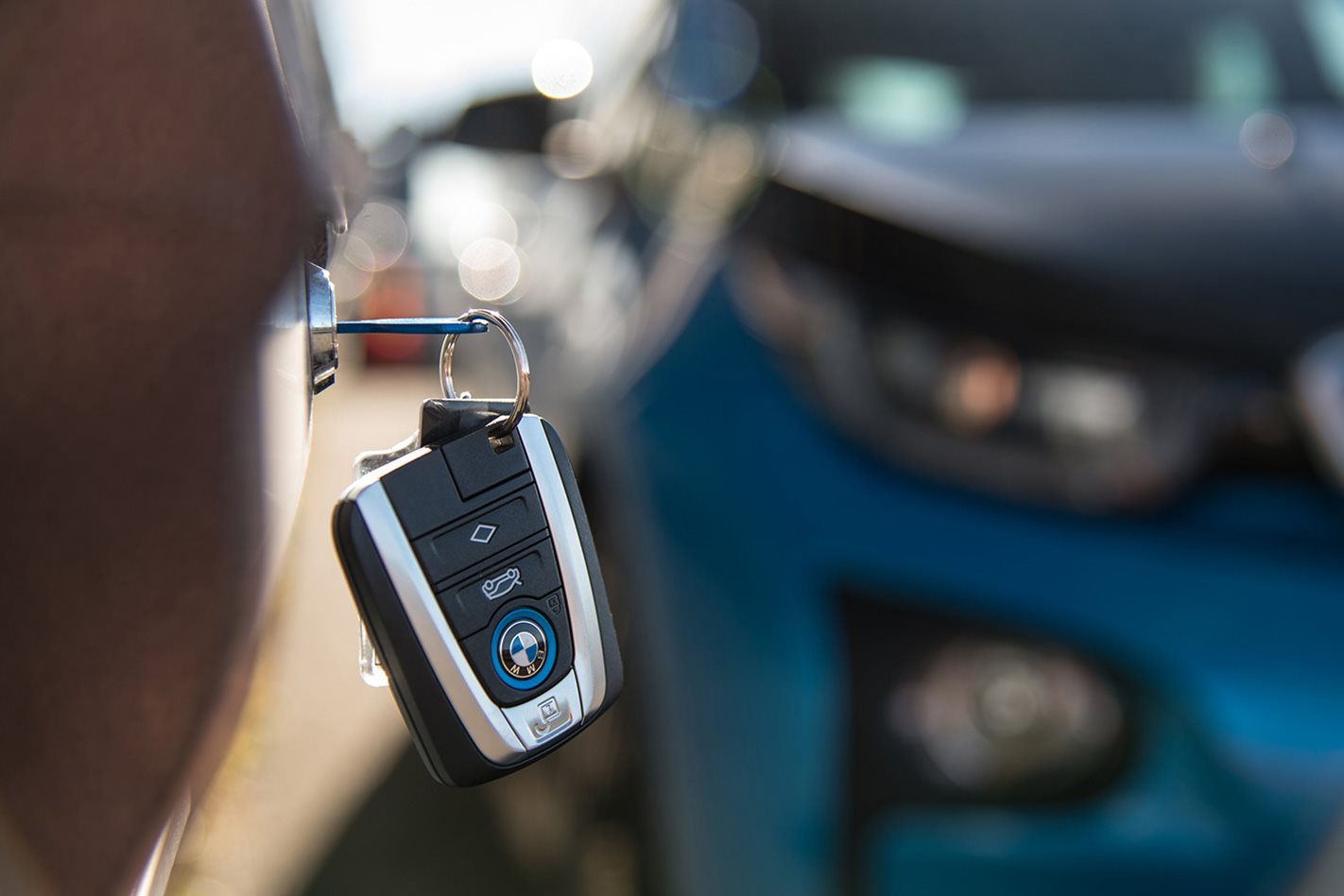BMW’s ambition is simple. The Bavarian brand wants to be the leader in autonomous driving. And they’ve just shown us how they aim to do it, revealing the company’s development plan for self-driving tech that’s still years from road-readiness.
The car BMW currently labels the ‘iNext’ will launch in 2021. It will be an electric vehicle with a 500km driving range, but these are unimportant details. “The special thing about it,” says BMW research and development chief Klaus Frölich, “will be that it’s our first car with fully autonomous driving capabilities”.
“Our iNext project will make the breakthrough to safe, fully autonomous driving… a field in which we want to the leader.” Turning that ambition into reality is going to be expensive. “There’s a lot of development cost, initially,” admits Frölich, who doesn’t expect to see a quick return on investment. “The first autonomously driving car is not going to make us any money, that’s for sure.”
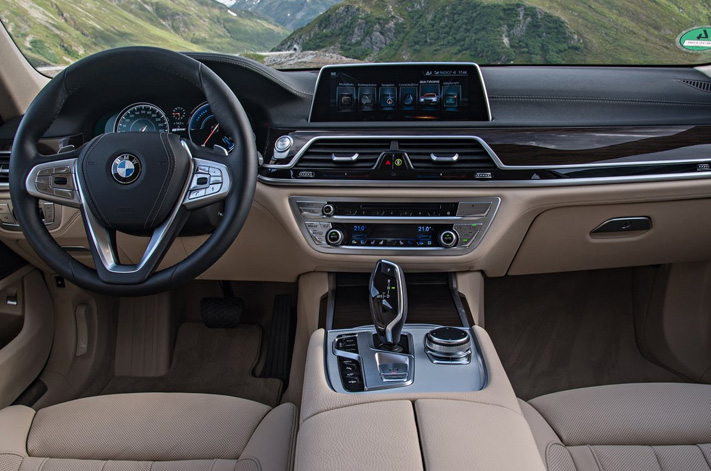
The company brought a fully autonomous prototype 3 Series GT to the event. On a course that duplicated intersections, roundabouts and other normal road features inside Maisach, this Level 5-capable car was able to drive itself and react to other cars around it. My 45-minute ride back to Munich airport was aboard a highly autonomous 7 Series. It was equipped with a prototype Level 3 system. The car was able to drive itself nearly all the way; from autobahn entrance to exit, including the junctions.
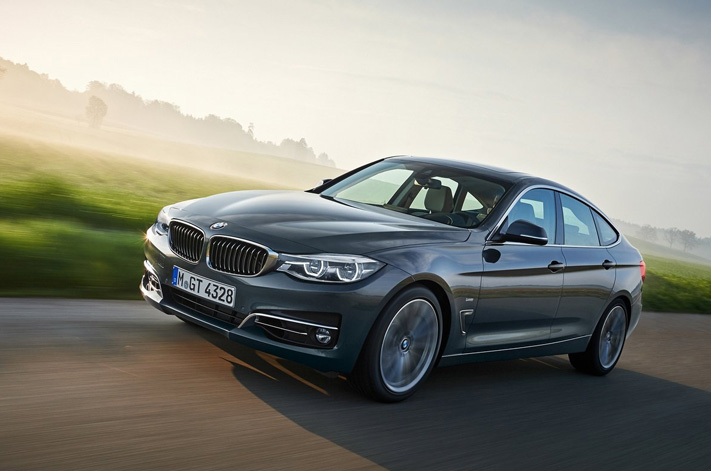
The company is also about to vastly increase the number of people it has working on autonomous driving. The number stood at around 600 at the end of 2016, but BMW is aiming to quickly increase this to 2000. It’s building a new campus for them to work in just outside Munich. But this is one of the easiest parts of the program…
Speaking with engineers who’ll eventually move into the new Unterschleissheim facility you begin to grasp the enormity of what BMW is taking on. BMW has a lot of experience with autonomous driving. The new 5 and 7 Series take Level 2 capability into showrooms right now. And the company has shown a number of even more capable autonomous prototypes over the past decade. But these, as one engineer explained, were research projects. To make a one-off car capable of driving itself around Hockenheim, which BMW did back in 2006, or the Nurburgring, is relatively easy, according to R&D chief Frölich.
Taking fully autonomous driving tech mainstream on an industrial scale will involve huge investments in a number of fields. BMW will share the load, and no doubt the risk, with a number of key partners. Intel is on board, along with the Israeli camera sensor specialist Mobileye recently bought by the American computing giant. BMW already owns a share in Here, a leader in high-definition digital mapping it bought in partnership with Audi and Daimler, the owner of Mercedes-Benz and Smart.
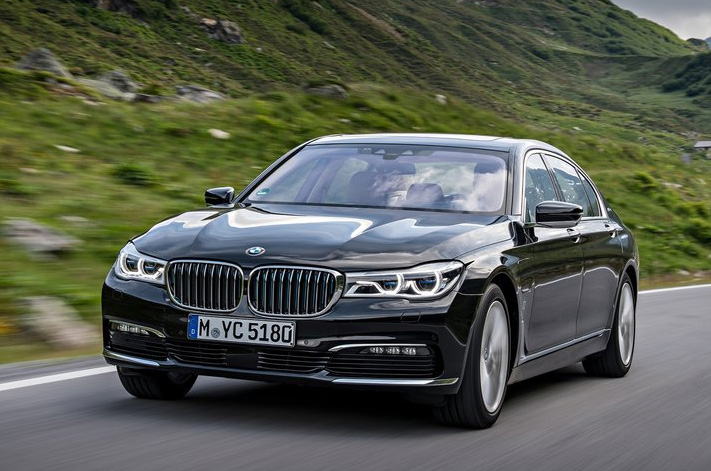
At Maisach BMW showed a prototype of the single circuit board that will replace the electronics that currently fill the boot of their 7 Series development cars. On it are chips with “Intel Confidential” stamped on them. An engineer estimates the computing power of the prototype board is equivalent to around 50 high-powered PCs. And R&D chief Frölich believes a tenfold increase in the capacity of BMW’s data centres is needed for autonomous driving. The company already has more digitally connected cars on the road than any other maker; 9 million.
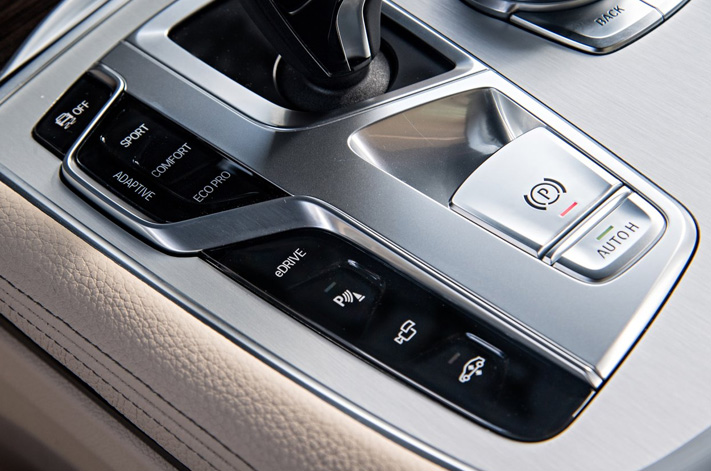
There’s still work to be done on the autonomous car steering wheel, but the fact the Bavarians are working to develop one should be some small comfort to those who dread the arrival of autonomous cars.
AUTONOMOUS DRIVING LEVELS
HUMAN
Level 0: No assistance No driver aid tech (hands on, eyes on)
TRANSITION
Level 1: Assisted Active cruise or lateral guidance (hands on, eyes on)
Level 2: Partially automated Active cruise and lateral guidance (temporary hands off, eyes off)
Level 3: Highly automated Car MAY request driver to take control (hands off, eyes off)
Level 4: Fully automated Car will not request driver to take control (hands off, mind off)
MACHINE
Level 5: Autonomous Car can drive. No driver needed (driver off!)


